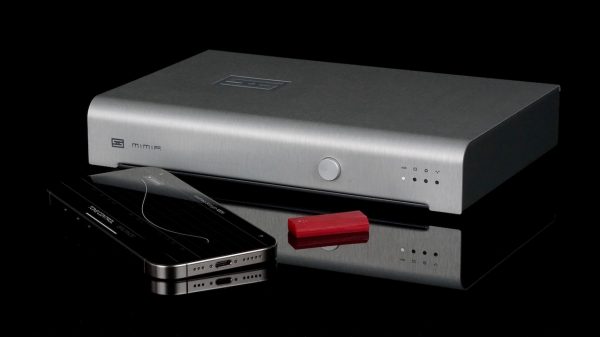16-megabit Memory also Realizes Low Voltage Operation for Mobile Application
Toshiba Corporation and NEC Corporation today announced that they have developed a magnetoresistive random access memory (MRAM) that combines the highest density with the fastest read and write speed yet achieved. The new MRAM achieves a 16-megabit density and a read and write speed of 200-megabytes a second, and also secures low voltage operation of 1.8V.
A major challenge of MRAM development to date has been the acceleration of read speeds: the current drive circuit used to generate the magnetic field for writing degrades read operation from memory cells. The new MRAM has an improved circuit design that divides the current paths for reading and writing, realizing a faster read speed. It also reduces equivalent resistance in wiring by approximately 38% by forking the write current. These innovations together achieve a read and write speed of 200-megabytes a second and a cycle time of 34 nanoseconds — both the world’s best performance for MRAM. This performance is underlined by a low operating voltage of only 1.8V, the ideal voltage for mobile digital products.
Alongside advances in performance, the new MRAM achieves advances in chip size. Toshiba and NEC have introduced the above mentioned technologies and optimized overall circuit design, achieving a chip that, at 78.7mm2, is approximately 30% smaller than its equivalent without the new circuit design. The new MRAM is the world’s smallest in the 16-megabit era.
MRAM is expected to be a next-generation non-volatile memory that retains data when powered off and that achieves fast random access speeds and unlimited endurance in operation.
Development of these new MRAM technologies was supported by grants from Japan’s New Energy and Industrial Technology Development Organization (NEDO).
Full details of the new technology were presented on February 6 at ISSCC (International Solid-State Circuits Conference) 2006 in San Francisco, USA.
Main specifications:
| Process: | 130-nanometer CMOS, 240-nanometer MRAM | |
| Density: | 16 megabits | |
| Cell size: | 1.872um2 | |
| Cycle time: | 34 nanoseconds | |
| Read/Write speed (band width): | 200 megabytes/second | |
| Power supply voltage: | 1.8V |
Reference:
Mechanism of reduced electrical resistance in wiring for writing:
The resistance per wiring was reduced by 38% by adopting new wiring method which forks writing current.
*R/2+R/2/4=5/8R=0.625R: R= resistance of current method.
About Toshiba Corporation
Toshiba Corporation is a leader in the development and manufacture of electronic devices and components, information and communication systems, digital consumer products and power systems. The company’s ability to integrate wide-ranging capabilities, from hardware to software and services, assure its position as an innovator in diverse fields and many businesses. In semiconductors, Toshiba continues to promote its leadership in the fast growing system LSI market and to build on its world-class position in NAND flash memories, analog devices and discrete devices. Visit Toshiba’s website at www.toshiba.co.jp/index.htm
About NEC Corporation
NEC Corporation (NASDAQ: NIPNY) is one of the world’s leading providers of Internet, broadband network and enterprise business solutions dedicated to meeting the specialized needs of its diverse and global base of customers. NEC delivers tailored solutions in the key fields of computer, networking and electron devices, by integrating its technical strengths in IT and Networks, and by providing advanced semiconductor solutions through NEC Electronics Corporation. The NEC Group employs more than 140,000 people worldwide and had net sales of 4,855 billion yen (approx. $45.4 billion) in the fiscal year ended March 2005.
For additional information, please visit the NEC home page at: http://www.nec.com
* Newsroom: http://www.nec.co.jp/press/en/newsroom/index.html
























